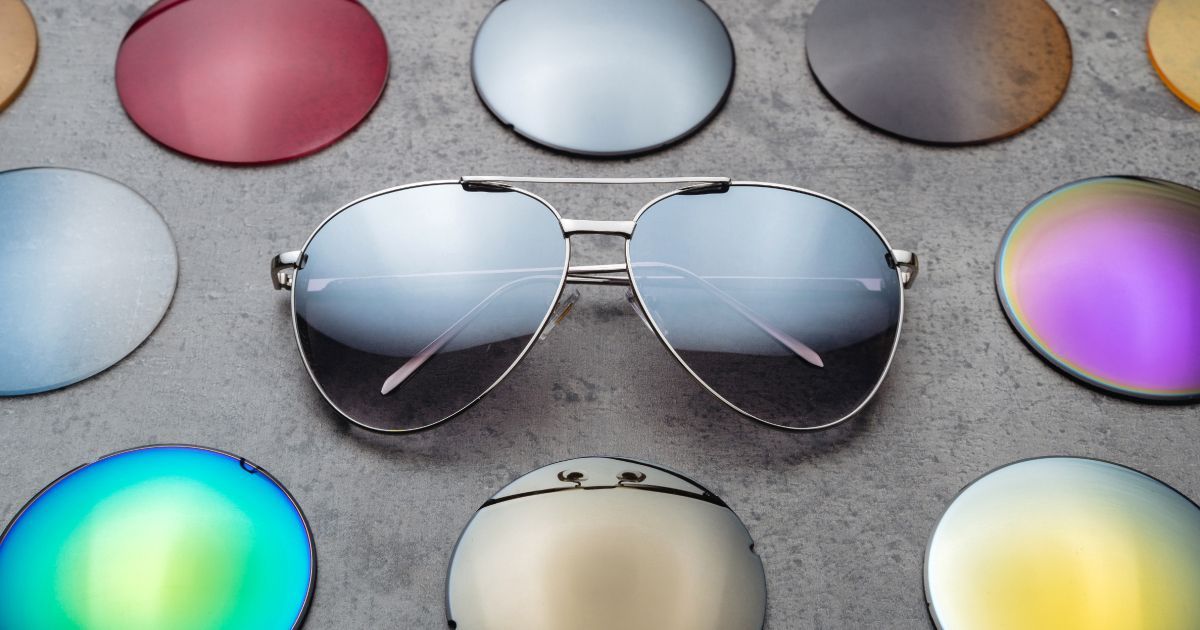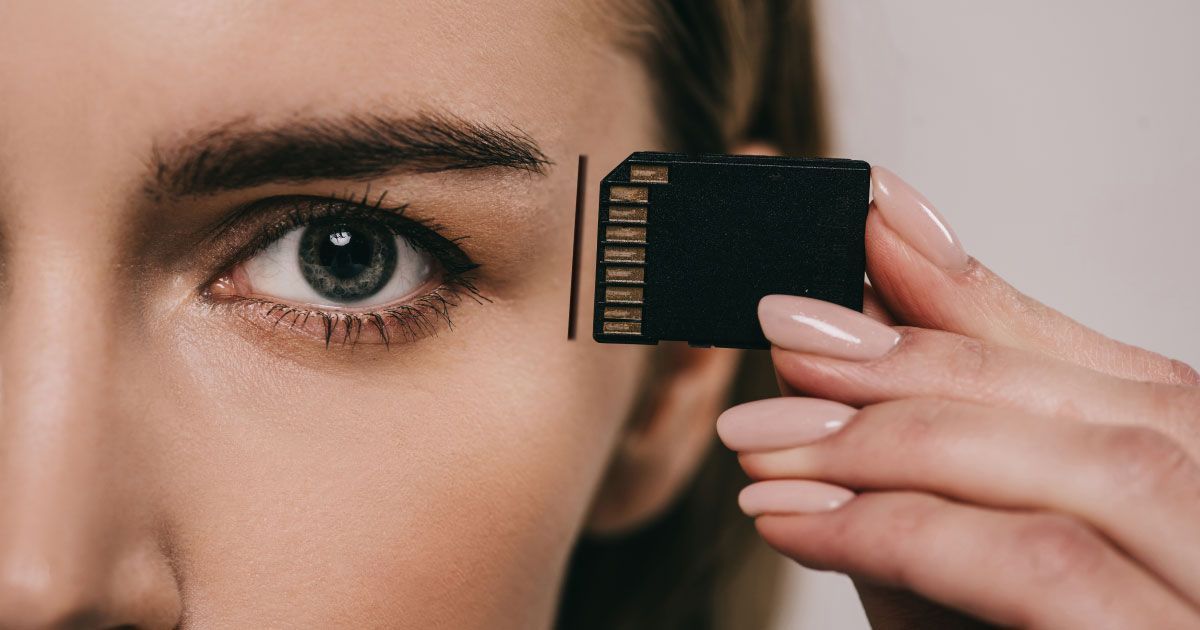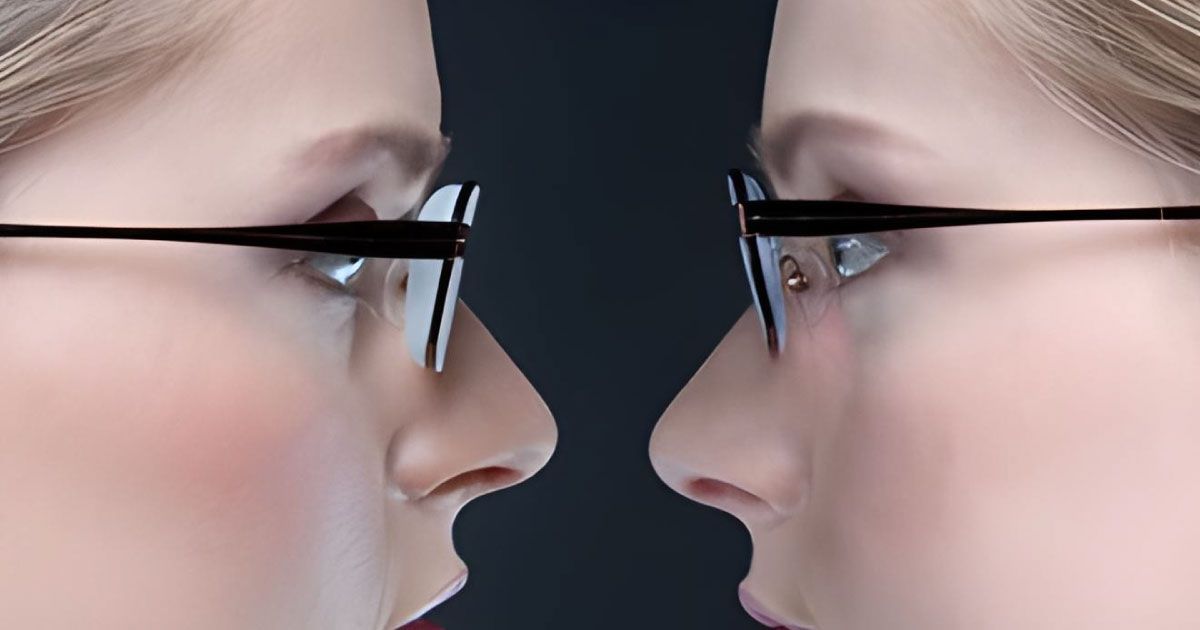Hues and Views: Exploring the Impact of Lens Tints on Perception

Read time: 5 minutes
Lens tints can do more than just add a splash of color to your glasses—they can impact how you see and protect your eyes. Choosing the right lens tint can enhance your vision, reduce glare, and offer protection against harmful UV rays. Understanding the various options can help you make a better decision for your eye health.
Different activities and environments can benefit from specific lens tints. For example, yellow tints can improve contrast and depth perception in low-light conditions, making them ideal for activities like driving at dusk. On the other hand, grey tints reduce overall brightness while preserving natural color balance, perfect for outdoor sports under bright sunlight.
Let's explore the different types of lens tints, how they affect your vision and eye health, and how to choose the right tint for your needs. We will also discuss the benefits of getting your lenses tinted by professionals to ensure you get the best possible results for your eyesight.
Understanding Lens Tints and Their Varieties
Lens tints come in various colors and serve different purposes. Each tint offers specific benefits and is suitable for different activities and environments. Here's a quick rundown of common lens tints and what they do:
- Grey Tints: These are the most popular and versatile. Grey tints reduce overall brightness while preserving natural color balance. They are excellent for outdoor activities under bright sunlight.
- Brown/Amber Tints: These tints enhance contrast and depth perception, making them ideal for activities like hiking, skiing, and fishing. They also filter out blue light, which can help reduce glare.
- Yellow/Gold Tints: These tints improve contrast and depth perception in low-light conditions, such as foggy or overcast days. They are commonly used for driving and shooting sports.
- Green Tints: Green tints reduce glare while enhancing contrast and color accuracy. They are often used for golfing and other outdoor sports.
- Blue/Purple Tints: These are mostly used for fashion but can also reduce glare in bright conditions. They are less common for everyday activities.
Choosing the right tint depends on your lifestyle and specific needs. The right lens tint can make a big difference in your comfort and vision quality.
How Different Lens Tints Affect Vision and Eye Health
Different lens tints have specific effects on your vision and eye health. Understanding these effects can help you choose the right tint for your needs.
- Grey Tints: Grey lenses provide balanced light reduction, which helps minimize eye strain in bright conditions. They are great for maintaining natural color perception.
- Brown/Amber Tints: These lenses filter out blue light and provide better depth perception and contrast. They are helpful for reducing glare and improving clarity in various light conditions.
- Yellow/Gold Tints: These tints enhance contrast and improve depth perception, making them ideal for low-light and foggy conditions. They are commonly used for night driving and outdoor sports.
- Green Tints: Green lenses reduce glare while enhancing contrast and color accuracy. These are ideal for activities that require precise vision, like golfing or tennis.
- Blue/Purple Tints: Blue and purple tints are mostly used for fashion but still offer some glare reduction. They can add a cool aesthetic without significantly altering color perception.
Each tint offers unique benefits for different activities and conditions. Choosing the right tint can protect your eyes, improve your vision, and enhance your overall experience.
Choosing the Right Lens Tint for Your Needs
Selecting the right lens tint depends on your daily activities and specific vision needs. Here are key considerations to help you make the best choice:
- Outdoor Activities: If you spend a lot of time outside, especially under bright sunlight, grey or brown lenses can offer the best protection and comfort. These tints reduce brightness without distorting colors, making them perfect for hiking, biking, and beach outings.
- Driving: For driving, especially in low-light conditions, yellow or gold tints can improve contrast and reduce glare from oncoming headlights. Green lenses can also be a good choice for daytime driving, as they reduce glare and enhance visual clarity.
- Sports: Different sports require different tints. Green lenses are great for golf and tennis because they enhance contrast and color accuracy. Yellow or amber lenses work well for skiing and snowboarding, providing better depth perception.
- Fashion and Aesthetics: Blue and purple tints are often chosen for their stylish look. While these might not offer the best vision enhancements, they can still provide adequate glare reduction and UV protection.
- General Use: For everyday wear, a neutral tint like grey is a versatile choice. It provides balanced color perception and reduces overall brightness, making it suitable for various environments.
By considering your lifestyle and vision needs, you can choose the perfect lens tint to enhance your visual experience and protect your eyes.
Benefits of Professional Lens Tinting
Professional lens tinting offers several advantages that standard, off-the-shelf tinted lenses cannot provide. Here are some key benefits:
- Superior Quality: Professional tinting ensures that your lenses receive the highest quality tint, providing better UV protection and glare reduction. This helps maintain eye health and comfort, especially during prolonged use.
- Customization Options: With professional tinting, you have more options to choose the exact shade and intensity of the tint that fits your needs. This allows for a more personalized experience, ensuring the tint enhances your specific activities and environments.
- Improved Durability: Professionally tinted lenses are more durable and less likely to chip or peel over time. This ensures that your investment lasts longer and continues to provide the benefits you need.
- Enhanced Vision: The precision and quality of professional tinting can significantly improve your visual clarity and comfort. Properly tinted lenses reduce eye strain and improve overall visual performance.
Professional lens tinting also involves expert adjustments to ensure the tint is evenly applied and aligned with your lenses. This can make a big difference in how effective and comfortable the tint is.
The Takeaway
Understanding the impact of different lens tints can greatly enhance your visual experience and protect your eyes. By choosing the right tint for your lifestyle and needs, you can improve comfort, vision, and overall eye health. Professional lens tinting brings additional benefits, including higher quality, more customization options, and enhanced durability.
At Urban Optiks Optometry, we offer expert advice and professional lens tinting services to help you find the perfect fit. Schedule an appointment with us to explore our range of tints and experience the differences between professionally tinted lenses. Visit our website or call us today to learn more about our selection of eyeglasses in San Diego and start seeing the world in a new light.
Share this blog post on social or with a friend:
The information provided in this article is intended for general knowledge and educational purposes only and should not be construed as medical advice. It is strongly recommended to consult with an eye care professional for personalized recommendations and guidance regarding your individual needs and eye health concerns.
All of Urban Optiks Optometry's blog posts and articles contain information carefully curated from openly sourced materials available in the public domain. We strive to ensure the accuracy and relevance of the information provided. For a comprehensive understanding of our practices and to read our full disclosure statement, please click here.


















